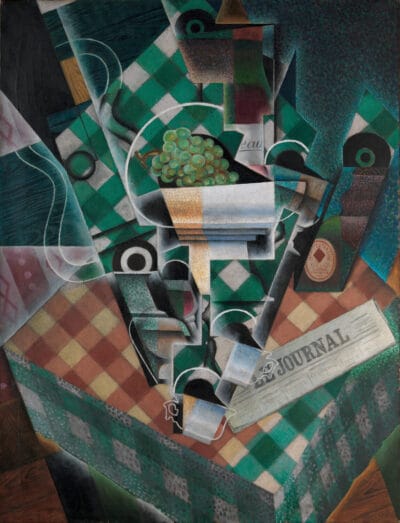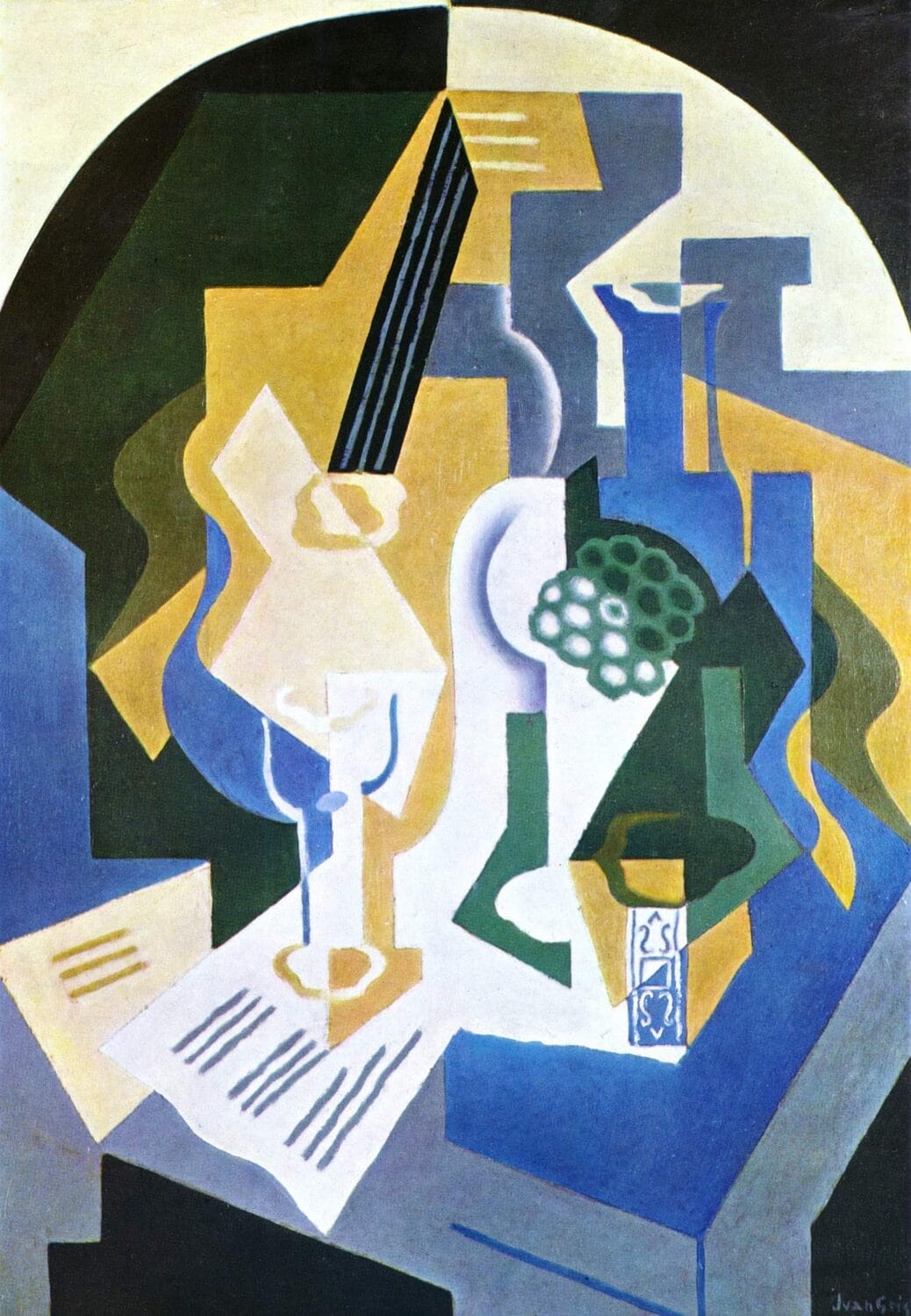Have you ever seen a painting and wonder just what it meant? If you have, then you may be familiar with the world of Cubism. Cubism is an art movement that has been around since the early 1900s and has become one of the most influential art styles in history.
This enigmatic style of painting uses abstract geometric shapes to create unique depictions of subjects and perspectives. It appears to capture multiple views at once, producing a fragmented and fragmented view of reality. This can be confusing for some, but when you explore the deeper meaning behind this style, you will see that it is a powerful expression of life and its complexities.
In this article, we will delve into the fascinating world of cubism. We’ll look at its history, influences, and techniques so that you can unlock the mystery behind this captivating form of art. So join us as we explore the past, present, and future of cubism and its influence on modern art!
Exploring the History of Cubism

First developed by Pablo Picasso and Georges Braque starting around 1907, Cubism is an abstract art movement that significantly challenged the way we view art. It was the first time in history that an artist chose to break down objects and depict them from multiple perspectives simultaneously.
Cubism was known for its daring representation of perspective, making use of geometric shapes and dodging the traditional approach to art. Artists in this era created pieces that featured multiple views of objects at the same time with a focus on planes, angles and geometric shapes.
Cubism also paved the way for a multitude of other movements like Futurism, Constructivism and Neutralism, in addition to changing the way we think about art today. Whether you’re looking at a futuristic 3D-rendered image or a canvas featuring abstract shapes and colors, you can thank Cubism for inspiring it all.
Analyzing the Elements of Cubism
Cubism is a complex cultural phenomenon of art and design that revolutionized the creative landscape. At its core, it strips away traditional artistic conventions in favor of geometric abstractions. While the movement originated in the early 20th century, it still manages to influence and inspire designs today.
When analyzing this style of design, there are three elements you should familiarize yourself with:
- Shape: Cubism heavily relies on distorted shapes and forms to create a 3D effect while still preserving the 2D structure of the canvas.
- Color: Monochromatic palettes are often used to emphasize the shapes and forms within a painting or design, while emphasizing space within a cubist painting.
- Texture: Lines and planes are often used to create texture within a painting or design, allowing for additional dimensionality without compromising the 2D nature of space within a cubist painting.
By understanding these three elements, you can start to appreciate how cubism can be used to add visual interest to your designs without getting too complicated or overly abstract.
Pablo Picasso’s Pioneering Contribution
No discussion of Cubism would be complete without discussing Pablo Picasso, one of the movement’s first proponents and the primary driving force behind its evolution. His 1907 masterpiece Les Demoiselles d’Avignon is often touted as the first Cubist work; it came about partly through a fascination with African tribal masks which helped to liberate his artistic expression from traditional conventions and perspective.
In his later works, Picasso focused on depicting multiple perspectives in one piece, creating paintings that could be viewed from any angle and still make sense. He was a pioneer in recognizing the potential of abstract shapes and colors to convey powerful meaning; he said that “The purpose of art is not the representation of the external world, but a ride on the beauty of line, color, form and composition.”
Picasso’s contribution to Cubism includes masterpieces such as Violin (1912) and Three Musicians (1921); they are considered to be some of his best works in terms of both technical skill and emotional depth. His bold experimentation with geometry in these paintings signaled a new era for art, inspiring countless other artists to express their visions without fear or limitation.
Georges Braque: A Fellow Traveler of Picasso’s
When you think of Cubism, one name that immediately springs to mind is Picasso. But he was not alone—the Cubism movement held two major figures, and Georges Braque was just as important as Picasso.
Braque was a French painter known for his exceptionally fine draftsmanship, who first met Picasso in 1907 in a Paris cafe and was inspired by his abstractions. Braque created works similar to those of Picasso, but with his own individual interpretation.
The two men’s works shared many geometric elements, such as cubes and pyramids that were often arranged into fractured abstractions. Together they pushed the boundaries of art and changed the way we view the world around us.
Along for the ride was fellow artist Juan Gris, who joined their ranks in 1912 and whose use of hard edges echoed Braque’s bold line work. The three of them pushed Cubism to its limits – though followers appeared after the movement had ended, there would never be another pair of artists quite like Picasso and Braque.
Celebrating the Enduring Legacy of Cubism
The influence of Cubism has been so pervasive that it has been applied to disciplines as diverse as fashion, architecture, and design. Even today, geometric abstractions inspired by Cubism can be found in contemporary artworks created by creative minds from all over the world.
The legacy of Cubism can be seen in its ability to evoke, challenge and provoke thought. The play between positive and negative space, color and tone provides a platform for self-expression and reflection.
Cubism continues to inspire artists in many ways, from the way that they approach their subject matter to the materials they use and their decision-making processes. Furthermore, Cubist principles such as fragmentation and deconstruction are still being applied to create works that push the boundaries of traditional art forms.
Cubism’s lasting impact is a testament to its power. By emphasizing the complexity of our world through an emphasis on geometric abstractions, it has revolutionized how we view art – and life itself – forever more.
Appreciating Cubism’s Esthetic Impact
Cubism truly revolutionized art and it’s still felt today. Its impact was not limited to just painting: it drove a philosophical change. Its use of distorted shapes and planes caused viewers to look at a piece of artwork differently.
This new way of seeing has since been applied to many other forms of art, allowing us to appreciate the beauty in objects we previously might have found mundane or uninteresting. We can now appreciate esthetic qualities in anything from furniture, to architecture, to pottery and even the physical environment around us.
With Cubism, there is an undefined quality that can be seen from an infinite number of angles and interpretations—a quality that has left generations inspired. It’s no wonder why Cubism continues to be one of the most celebrated movements in the history of art.
In conclusion, Cubism remains one of the most iconic art movements of the 20th century, offering a captivating look into the world of geometric abstractions. The Cubist style allowed artists to view reality from multiple angles, creating works that are both intricate and challenging to decipher. Despite the complexity of their works, Cubist artists embraced the beauty of the unknown and experimented with a range of materials to craft their own unique identities. As we continue to explore the mystery of Cubist works, the legacy of these innovative artists will remain timeless.
